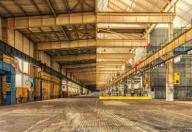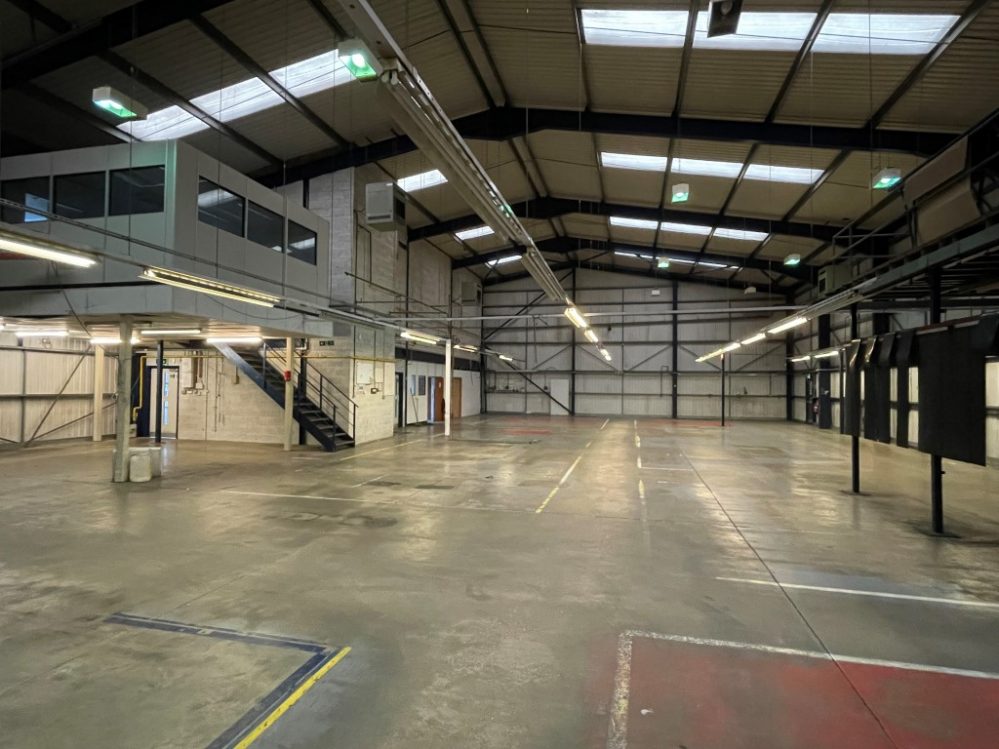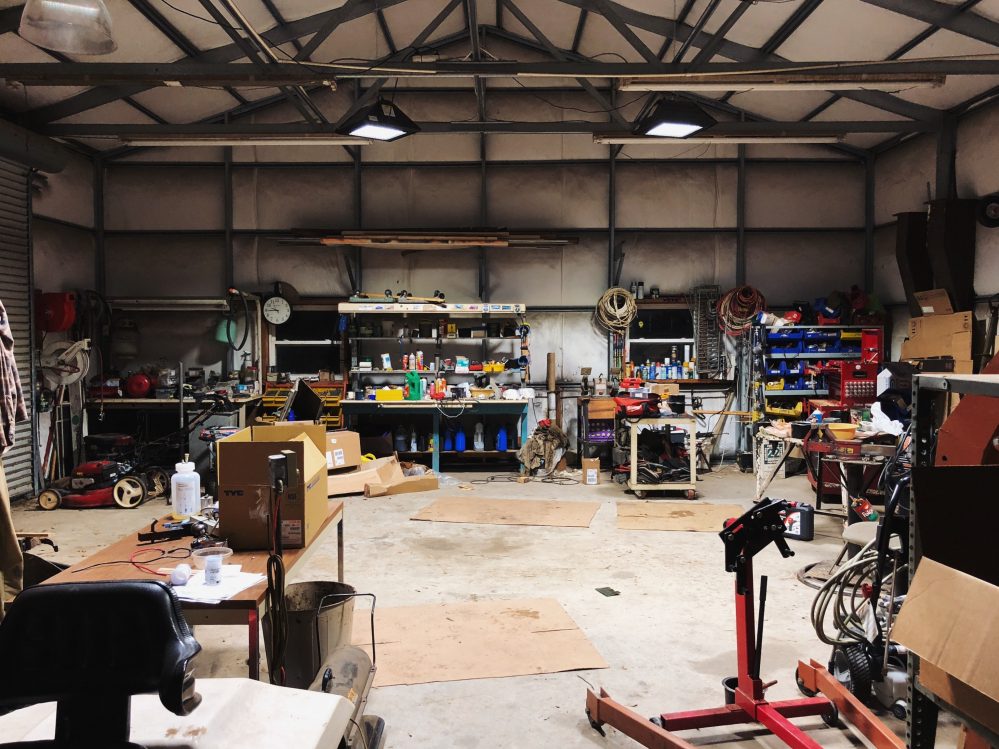Warehouse Market Review 2016
PallMallIn 2016, the warehouse sector saw continued growth from the previous year, primarily driven by the increasing popularity of online shopping.
However, the year also saw quite a few other changes, some of which may have large future implications for companies operating in this sector.
Here are our brief take-homes from the warehouse market in 2016.
Supply and Demand
The year was heavily characterised by big companies positioning themselves for future growth. Amazon acquired 25% of all warehouse space in 2016, and the knock-on effect meant higher rental costs as supply was squeezed.
Indeed, as early as March, property consultants Lambert Smith Hampton were warning about the shortage of warehouse premises, predicting demand would outstrip supply by 2020, and an unprecedented construction surge was needed to avoid future issues.
Leading the way, the East Midlands proved a popular location, with Amazon and other big names aiming to take advantage of the region's central position, and good transport links.
Employee Factors
Despite the market growth, not everything was positive.
Warehouse working conditions were investigated by the House of Commons Select Committee, primarily focusing on the Sports Direct premises in Derbyshire. The resulting media frenzy saw pay and contract issues spread across the tabloids.
This did not do the industry any favours, but looking forward it can hopefully act as a catalyst forchange.
The Government introduced the new minimum wage on the 1st of April, which saw a rise to £7.50 per hour. While this may mean it is no longer financially viable for some companies to remain inbusiness, hopefully it will also encourage new entrants to the sector to start with a 'quality-first'approach, and put staff welfare high on the agenda.
Health And Safety
2016 saw another spate of warehouse and factory fires across the UK, prompting the Association of British Insurers to call for the compulsory introduction of warehouse sprinklers in new warehouse developments.
The increasing amount of automated warehouse machinery also results in an abundance of electrical cabling, further increasing the risk of fire problems. It is therefore extremely important that safety measures are adhered to if companies are to avoid heavy fines.
For the UK economy as a whole, it is a serious issue. 5 Billion pounds has been lost due to commercial property fires in the last five years.
Future Strategy
With the growth experienced in 2016, and future predictions, there can be little doubt that now is the time to ensure your company has enough warehouse capacity. Building restrictions will not allow the UK to construct all the warehouse space it needs.
Simply put, the country is running out of land to develop.
There may soon come a time when businesses cannot expand because they do not have the room to do so. It is wise to consider whether having a surplus of space now will mean that in a few years time your company has the storage capacity to succeed, while your competitors flounder.
Pall Mall Estates have a wide range of low cost commercial properties across the UK. Take a look at our available spaces here or get in touch with our experienced team here.
—
Pall Mall Estates have a wide range of low cost commercial properties across the UK.
Take a look at our available spaces here or get in touch with our experienced team here.







